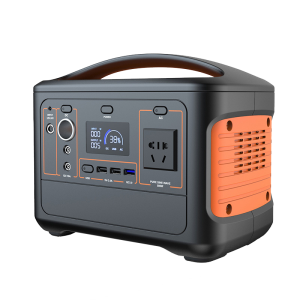More
Crafting Excellence: Assembling and Ensuring Quality in Portable Power Stations
Crafting Excellence: Assembling and Ensuring Quality in Portable Power Stations
Introduction:
The journey of creating a reliable and efficient portable power station is a blend of meticulous assembly and stringent quality assurance. From the careful arrangement of components to rigorous testing, every step in the process is essential to ensure a dependable power solution. In this blog post, we will delve into the assembly and quality assurance phases of portable power station production, unveiling the dedication and precision that go into creating these power-packed companions.
Assembly:
Once the components are sourced and quality-checked, the assembly phase commences. This step involves skilled technicians and assembly workers who bring the components together following detailed instructions and the design specifications. The process is a harmonious dance of expertise and precision, where each component finds its place in the grand symphony of the power station’s architecture.
-
Precise Assembly:
The assembly process is a symphony of meticulousness. From fitting the engine to connecting electrical components, every step is executed with precision. Technicians ensure that each part is aligned correctly to ensure optimal functionality and performance.
-
Adherence to Industry Standards:
Throughout the assembly, strict adherence to industry standards and regulations is maintained. The assembly workers follow guidelines that guarantee the safety, efficiency, and quality of the final product. This commitment ensures that the power station meets or exceeds the expectations of users.
Testing and Quality Assurance:
The completion of the assembly marks the beginning of the testing and quality assurance phase. Every portable power station undergoes a series of comprehensive tests to validate its performance and safety.
-
Power Output:
Testing the power output is essential to ensure that the generator can deliver the specified wattage. This test verifies that the generator can power the devices and appliances it is designed for.
-
Fuel Efficiency:
Efficiency is crucial for outdoor power stations. Fuel efficiency tests evaluate the generator’s ability to convert fuel into electrical energy, ensuring optimal resource usage.
-
Noise Levels:
Noise levels are assessed to ensure that the generator operates within acceptable noise limits, avoiding disturbances during outdoor activities.
-
Safety Features:
All safety features are put to the test, including circuit breakers, grounding mechanisms, and voltage regulators. These tests guarantee that the generator provides safe and reliable power without compromising user safety.
-
Durability Tests:
To simulate real-world usage scenarios, manufacturers subject the portable power station to durability tests. These tests evaluate the generator’s performance under varying conditions, ensuring its reliability during diverse outdoor adventures.
Conclusion:
The assembly and quality assurance phases of portable power station production exemplify the commitment to excellence exhibited by manufacturers. Each step, from precise assembly to rigorous testing, contributes to the creation of a reliable and efficient power solution. These meticulously crafted power stations empower outdoor enthusiasts, providing the assurance of a steadfast power source for their adventures. As technology continues to advance, the assembly and quality assurance processes will evolve, shaping the future of outdoor power solutions and enabling us to embrace the great outdoors with confidence.














